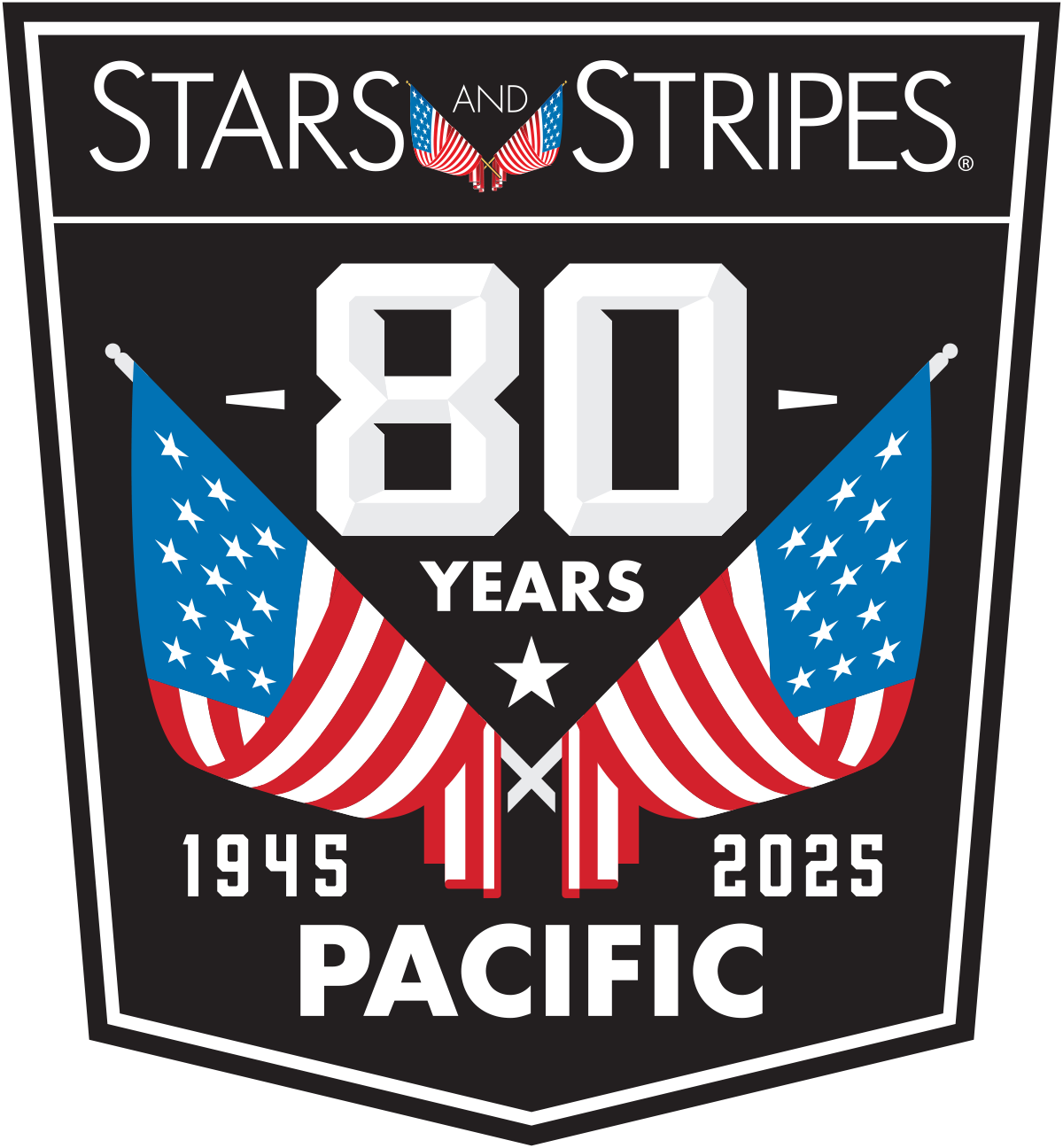Korean War vets recall ‘bold operation’ at Incheon 75 years after pivotal landing
U.S. Marine veteran Rudy Meekins, left, shakes hands with a South Korean marine veteran at a ceremony commemorating the 75th anniversary of Operation Chromite in Incheon, South Korea, Sept. 15, 2025.
By David Choi and Yoojin Lee | Stars and Stripes September 15, 2025
INCHEON, South Korea — More than 100 Korean War veterans were honored Monday during a ceremony on the 75th anniversary of Operation Chromite, the daring amphibious assault that turned the tide for South Korea and the U.S.-led U.N. Command.
South Korean, American and Australian veterans made a pilgrimage to Incheon Port, approximately 20 miles west of Seoul, for the ceremony.
Starting Sept. 13, 1950, U.N. Command warships pounded the area for two days.
Shortly after the artillery and air barrage, roughly 70,000 U.N. Command troops, mostly U.S. Marines, made their amphibious landing at Incheon. Allied forces recaptured Seoul two weeks later.
The successful assault behind North Korean lines cut off the Communists’ control of the South.
The Incheon landing was a “bold operation that changed the course of the Korean War and history itself,” U.S. Forces Korea commander Army Gen. Xavier Brunson told a crowd of approximately 1,500 people attending Monday’s ceremony.
“The [South Korea] that we see today — strong, prosperous and democratic — stands as living proof of what can be accomplished when allies and partners join together,” he added. “The legacy of Incheon is not one of victory but of unity, sacrifice and enduring partnership.”
Patriots and Veterans Affairs Minister Kwon Oh-eul said South Korea is “committed to remembering and honoring” Korean War veterans, according to a ministry news release Friday.
“Through diverse international veterans projects … we will strengthen the [South Korea]–U.S. alliance and solidarity with our allies,” he said.
Reg Sharpe was one of a dozen Australian veterans who made the trek back to South Korea for the ceremony. The former Australian navy sonar operator said he was aboard the HMAS Warramunga, one of the nine Australian warships that took part in the operation.
“We were a small cog in a big wheel,” he told Stars and Stripes at the ceremony. “We supplied firepower, which the other ships were doing, of course, and it was so long ago that it’s one of those things that you don’t want to remember anyways.”
The Warramunga was circling the Incheon coast and “I never thought I’d be inside,” Sharpe said. “I never thought I’d ever come back to this place again.”
Rudy Meekins, an artilleryman who took part in the amphibious assault, said he had just finished one year in the Marines when he boarded a U.S. warship bound for Incheon.
“Little bit by little bit, we got through Seoul,” he said at the ceremony.
Meekins recalled how, a few weeks after the Incheon landing, celebrity Bob Hope visited on a USO tour and accompanied U.S. and South Korean troops who had cleared mines at a beachhead in Wonsan, North Korea.
By the time the Marines landed on the beach, Hope was holding up a sign that read, “Welcome ashore, Marines. Bob Hope beat you here,” Meekins said.



